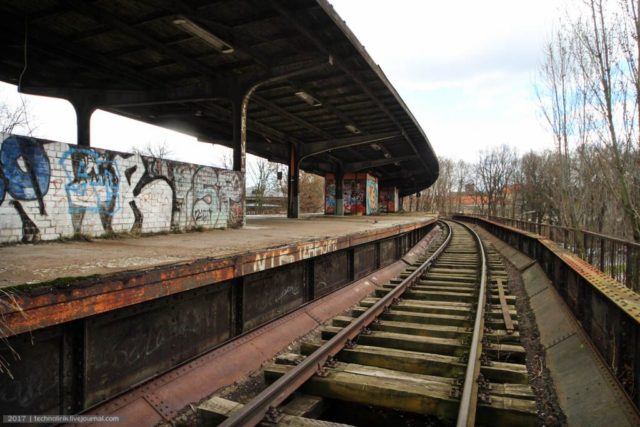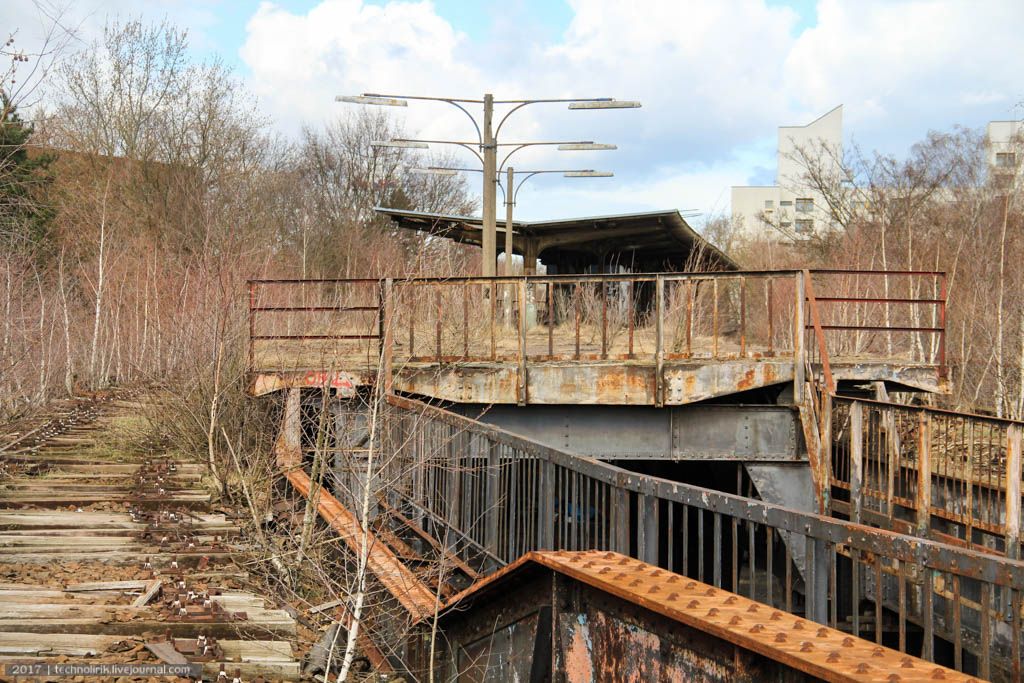The abandoned Siemensbahn railway line in Berlin is almost 4.5 kilometers long (2.7 miles). Built exclusively by the Siemens company, it became operational in 1929 and went out of service following a workers’ strike in 1980. There is a current project in the pipeline that would see the line restored and in use by 2025.
The history of the railway lines starts with the foundation of the Siemens & Halske company in 1847, which manufactured electrical equipment, railway vehicles, and household appliances. The company founders were Werner Siemens and Johann Halske.
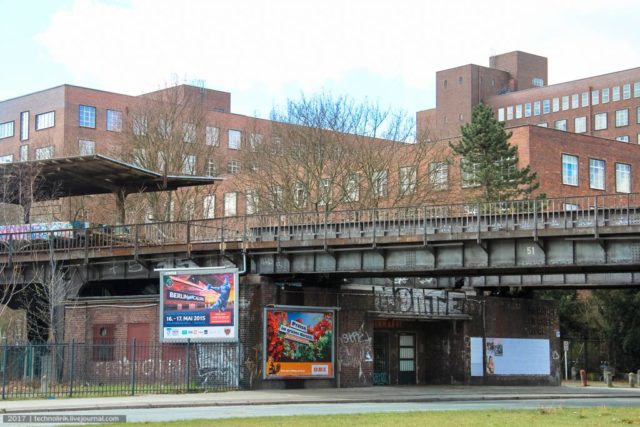
As part of developing their business, they acquired more than 200 hectares (494 acres) of land north-east of Berlin in 1897. At this location, they built not only a new production site but also a research center and residential settlements with all the social and cultural necessities for their workforce to enjoy.
This new area came to be known Siemensstadt, and by 1927, about 55,000 workers lived there. However, very few employees lived near their place of work, and commuting times were dire. So, Siemens decided to build its own railway station to enable their employees to get to work faster.
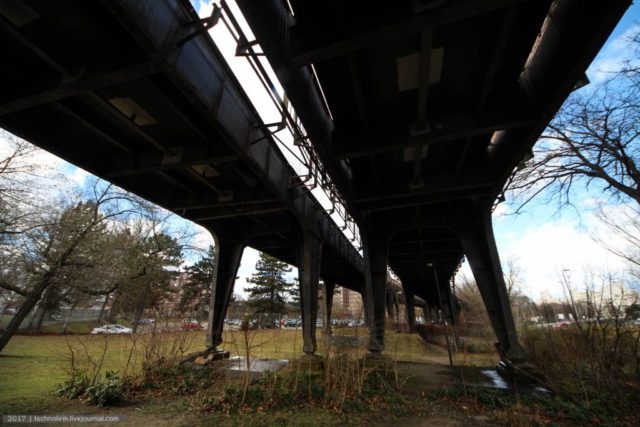
This new station was called the Siemensstadt-Fürstenbrunn, and it opened in 1905 as part of the Hamburg and Lehrter Bahn. This station was hugely popular with employees but was overwhelmed during shift change. To combat this, Siemens tried to stagger start and finish times, but eventually there were just too many employees, and a new solution had to be found.
Proposals to improve transport links began, but all plans had to be abandoned with the onset of World War I, after which the era of inflation began, delaying matters further. It was only in 1925 that Siemens found a way to expand the route in conjunction with Deutsche Reichsbahn-Gesellschaft (DGR).
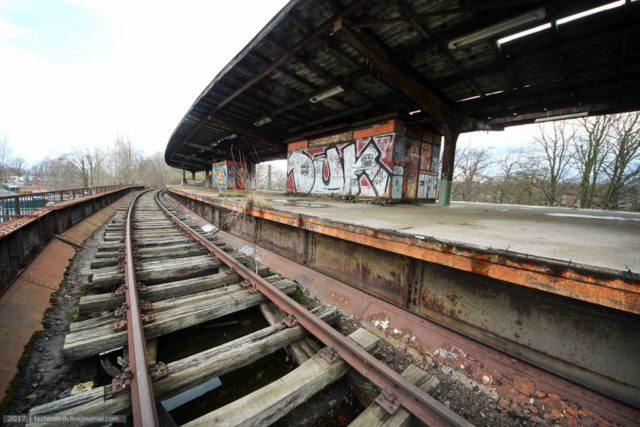
Finally, in April 1927, a contract was signed which provided that Siemens would finance the project under the supervision of DGR, which would then take over management of the line. Construction began in 1927 and was completed two years later. The railway line branched off from the Ringbahn at Jungfernheide station and could transport people to Gartenfield.
On December 13, 1929, the company officially opened the new railway line, which was called Siemensbahn, with 400 government and press representatives there. The General Director of DGR joked that Siemens had given his company a generous Christmas present since the railway had cost 14 million reichsmarks to build, but DGR were paying only three million to take it over.
Official service began five days after the opening ceremony. The new route made it possible to get from Jungfernheide station to Gartenfeld in less than 10 minutes.
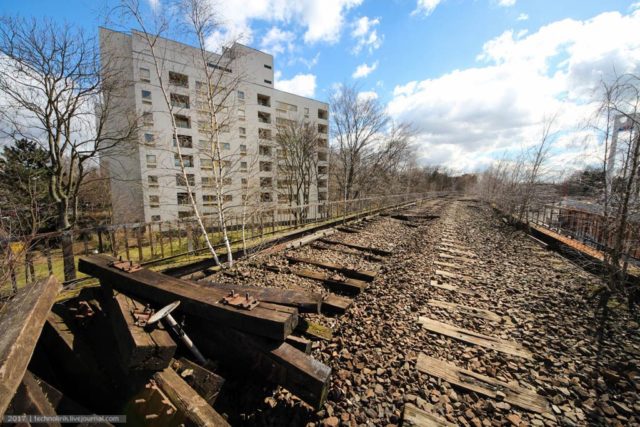
Of the 90,000 or so employees that worked at the Siemens plant, around 17,000 of them used the railway line to commute. As well as Siemens employees, members of the public would take the train on a weekend to explore the Tegel Forest.
During the Second World War, train traffic was restricted and many lines were damaged. The Spree Bridge was disabled during bombings and, in addition, Soviet troops dismantled some sections of the route. In September 1945, the railway line was able to restart service, albeit with significant restrictions.
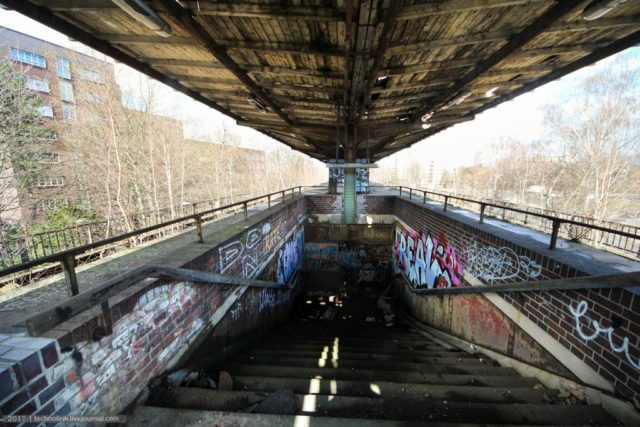
Over time, the damaged lines were repaired. In 1954, Siemans offered some steel so the Spree Bridge could be fully reconstructed. However, it took until the end of 1956 before the route was fully up and running once again.
However, by that point, Siemens had moved its headquarters to Munich, so there were fewer passengers. Eventually, the route became one of the least used in Berlin. Older trains were used, and the frequency of service dropped from every five minutes to every 20 minutes.
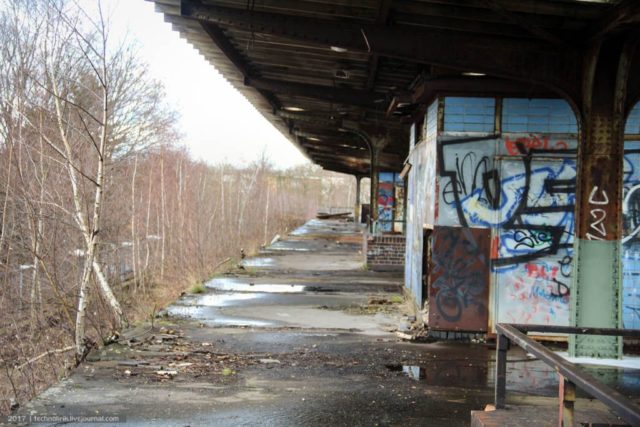
On August 13, 1961, the Berlin Wall was erected between East and West Berlin. As a result, the number of passengers reduced even further. Ten years later, the number of passengers was 75 percent less than the number which had used the line before the Wall went up. A passenger strike by West Berliners meant that there were often empty trains running along the lines.
As a result of this decline in passengers, the number of trains and services was reduced, and the company looked to make job cuts as well. This resulted in a ten-day strike during September 1980, which spelled the end for the Siemensbahn. The railway line was closed in 1980.
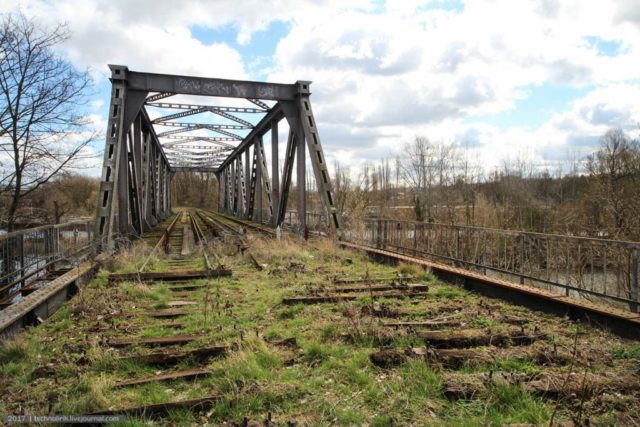
After the line was taken out of service, virtually no maintenance work was carried out on the track systems and railway stations. The railway line fell into disrepair, and the tracks became decayed and overgrown.
However, since Siemens had used renowned architects to build innovative buildings for its employees, Siemensstadt was one of six modernist housing estates to be granted World Heritage Status by UNESCO in 2008.
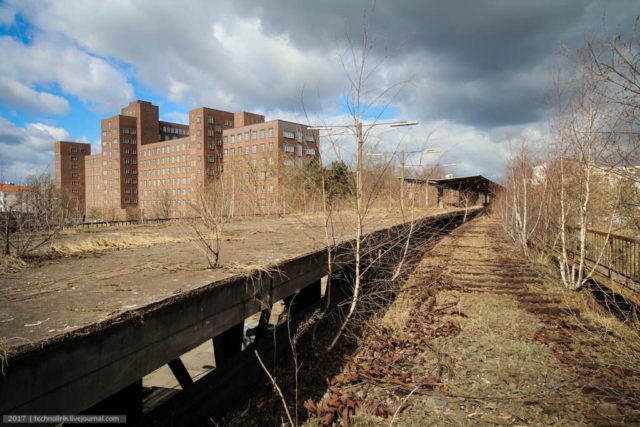
In 2018, Siemens opened a research campus in Simensstadt and expressed an interest in reopening the railway line. Together with the Berlin Senate, Siemens created a plan to reopen the railway line and stations by 2025.
Surveyors have been employed to decide which sections and stations can be rescued and which need to be destroyed and rebuilt. They also need to decide what to do about the Spree Bridge, which was mostly dismantled a few years ago when the river was straightened to allow larger ships to access it.
An extension of the route is also being considered, meaning that the Siemensbahn could one day be up and running and better than ever.
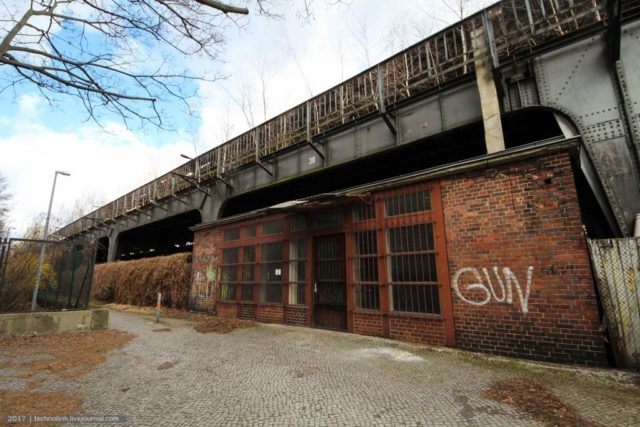
A big thank you to Alexandr and his LiveJournal account for sharing such amazing photographs about this location.
Alex lives in Germany and has got an account where he writes about different locations. He has written his own article about this location where you can find more of his photos. You should definitely check out his LiveJournal account and Facebook page.
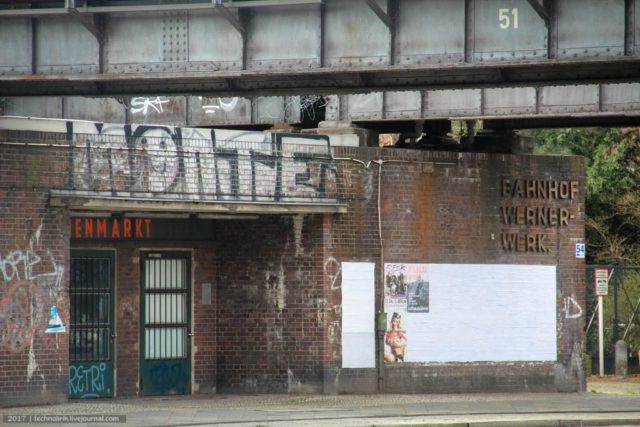
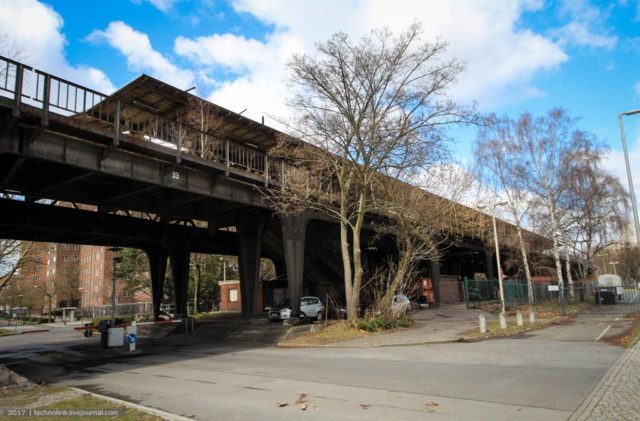
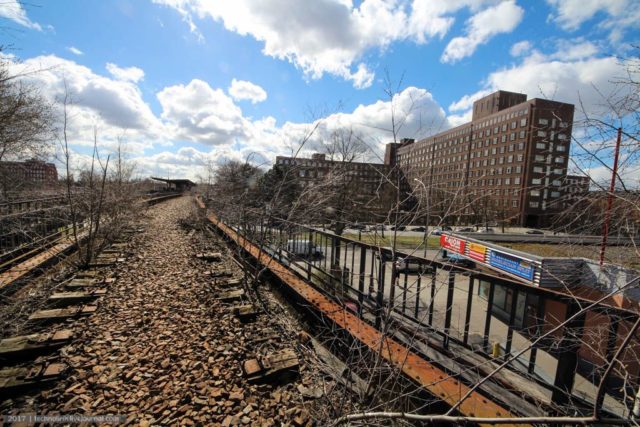
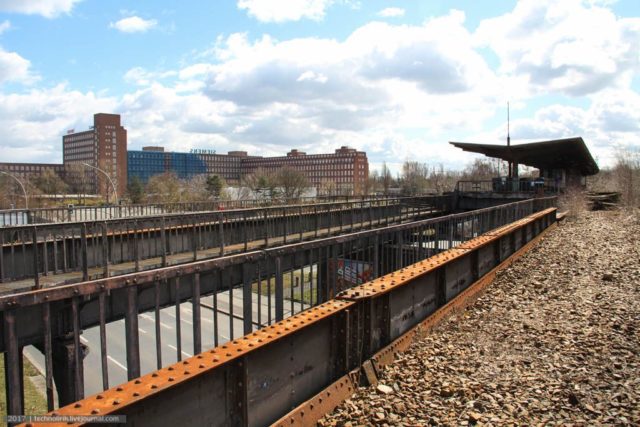
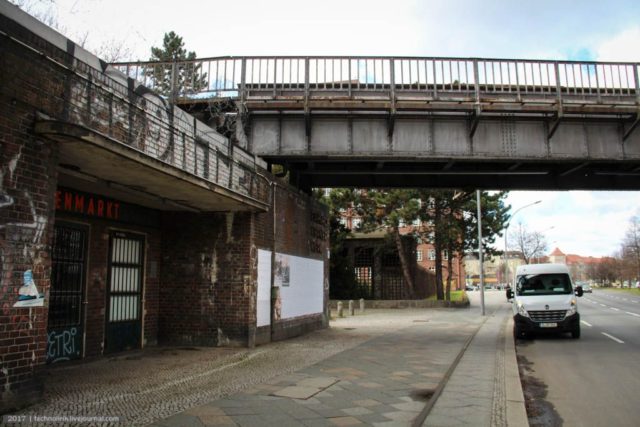
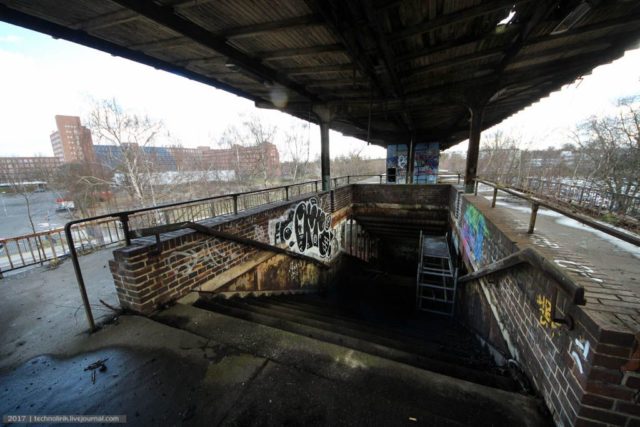
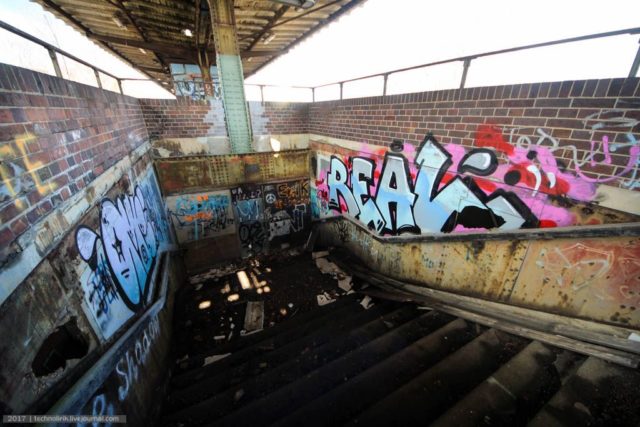
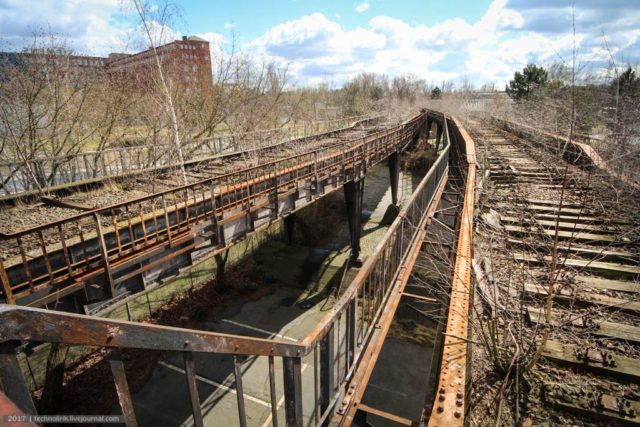
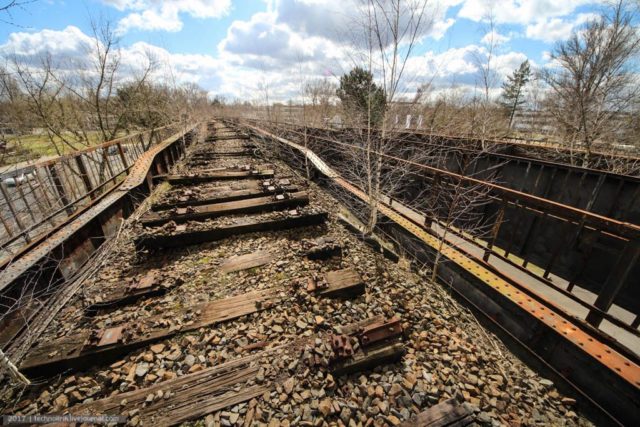
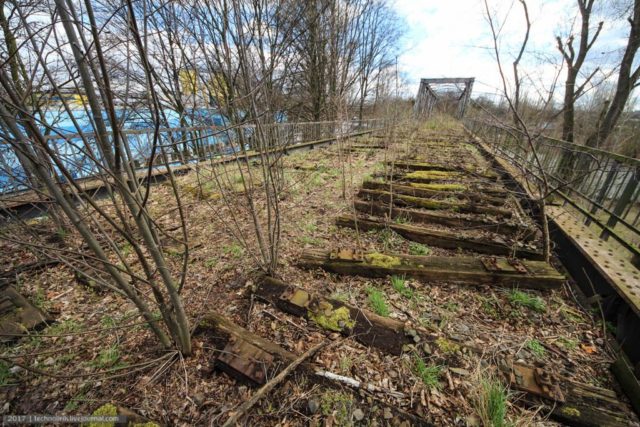
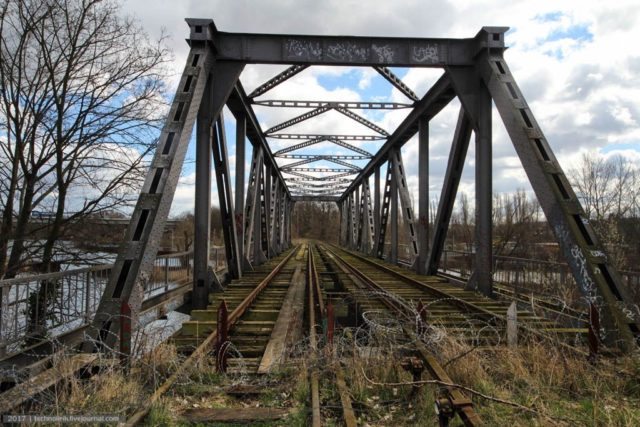
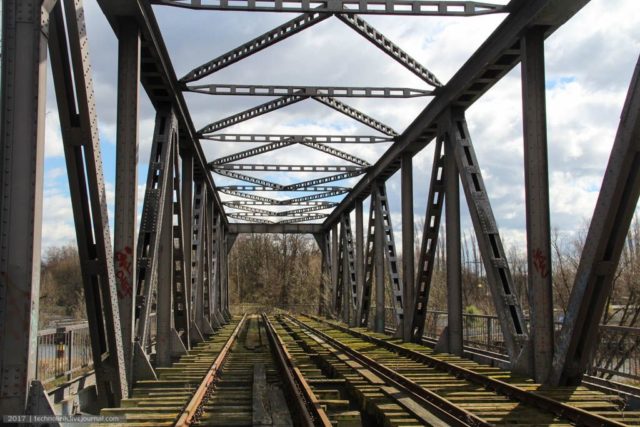
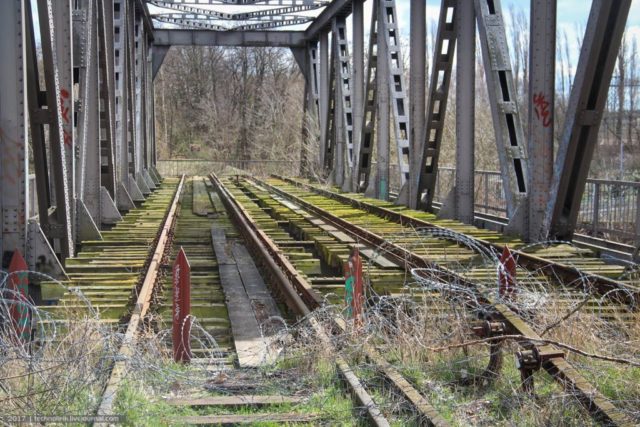
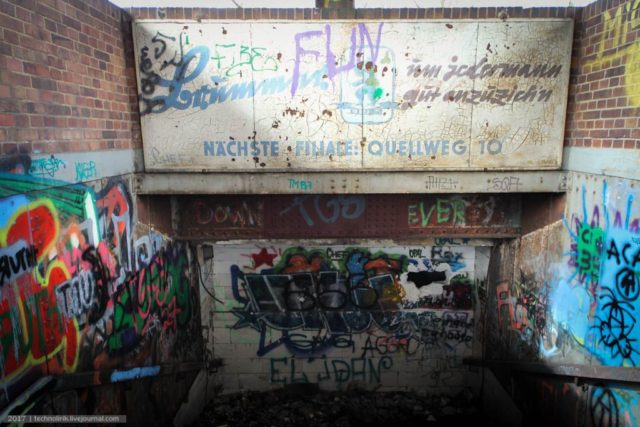
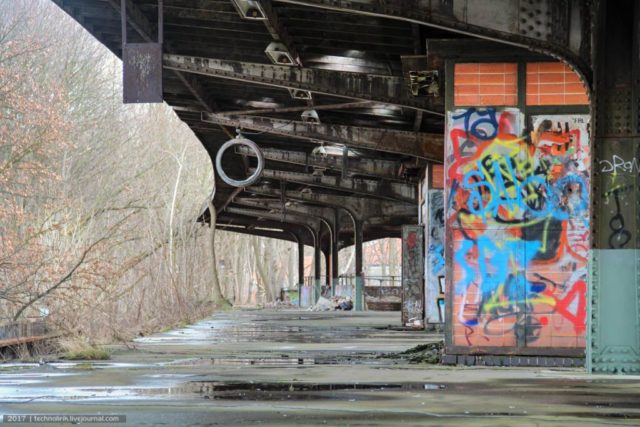
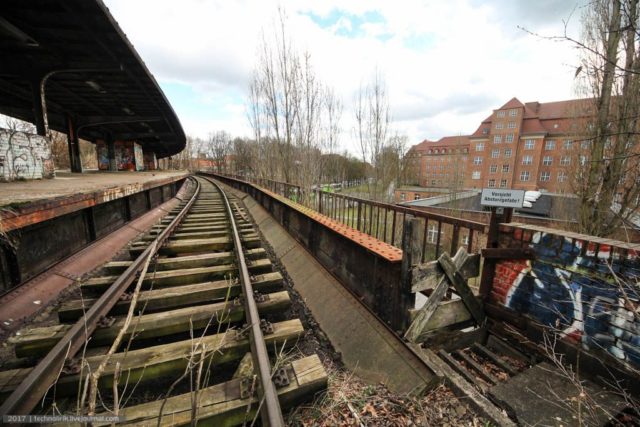
Another Article From Us: The Southern Pacific Railroad Bayshore Roundhouse
